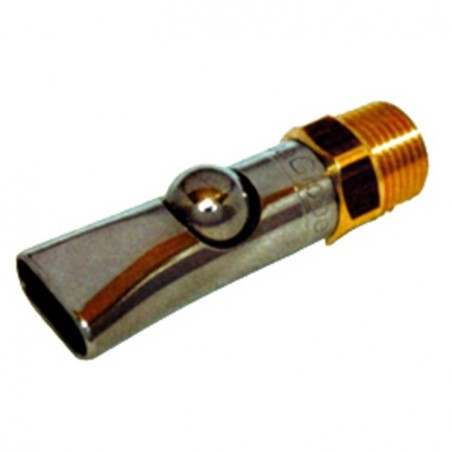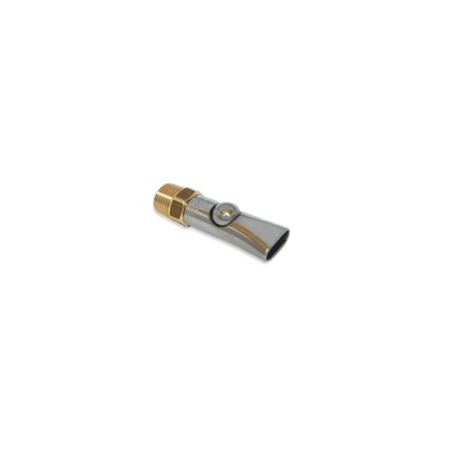The primary objectives of this study were to: (a) collect on-farm antimicrobial use (AMU) data in fattener pigs employing two questionnaire-based surveys; (b) assess different quantitative measures for quantifying AMU in fattener pigs; (c) compare AMU in fattener pigs between two different management systems producing finishers: farrow-to-finish (FtF) farms versus finisher farms. Two questionnaires were designed both containing five groups of questions focused on the responder, the farm and AMU (eg, in-feed, in-drinking water and parenteral); both surveys were carried out by means of personal face-to-face interviews. Both surveys started with a sample size of 108 potentially eligible farms per survey; nevertheless, finally 67 finisher farms and 49 FtF farms were recruited.
Overall percentages of animals exposed to antimicrobials (AM) were high (90 per cent in finisher farms and 54 per cent FtF farms); colistin (61 per cent and 33 per cent) and doxycycline (62 per cent and 23 per cent) were the most common AMs, followed by amoxicillin (51 per cent and 19 per cent) and lincomycin (49 per cent), respectively.

Questionnaire-based surveys using face-to-face interviews are useful for capturing information regarding AMU at the farm level. Farm-level data per administration route can be used for comparative AMU analysis between farms. Nevertheless, for the analysis of the putative relationships between AMU and AM resistance, measures based on exposed animals or exposure events are needed.
M. A. Moreno. Survey of quantitative antimicrobial consumption in two different pig finishing systems. Veterinary Record 2012;171:325 doi:10.1136/vr.100818





